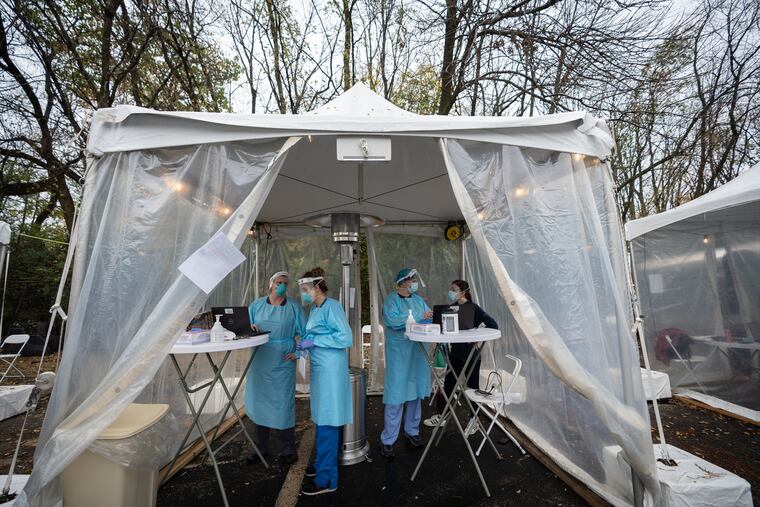COVID-19 is still a crisis: We’ve lost as many nurses to the pandemic as died in World War I | Opinion
Even if the country is experiencing “coronavirus fatigue,” now is not the time to relax social distancing measures.

The International Council of Nurses recently reported that 1,500 nurses worldwide have died from contracting coronavirus. This is the same number that the world lost in World War I, and this number is likely higher as the study only covered 44 countries, including the U.S., where data was available.
Nurses are the functional units of health care and without them, care could not be delivered. While they’re part of dedicated teams, it is the nurse who spends the most time with patients. We are at the bedside assessing and tending to patients 24 hours a day, seven days a week, during all phases of illness. The coronavirus is no different. Nurses are administering the life-sustaining intravenous medications and drips (remdesivir and steroids). Nurses are facilitating proper ventilation and oxygenation. Nurses are attending to renal and gastrointestinal function, including ease of using the bathroom, as well as providing dialysis treatments — all while ensuring a patient’s cleanliness and comfort.
The CDC has revised its close contact definition as someone who is within six feet of an infected person for at least 15 minutes in a 24-hour period. Imagine all the time a nurse spends in close contact with both known and unknown COVID-19 cases. A bed bath can take 30 minutes. Dialysis can run for more than four hours, and ventilators must be monitored all day long. Nurses are literally putting their lives on the line to help combat this virus.
While I see some positive examples of social distancing and masking — for example, the students on the campus of Villanova University, where I am a faculty member — I also see many in my community not wearing masks or wearing them improperly. Cases are surging in the region, with Pennsylvania reporting more than 4,000 new cases Tuesday and Wednesday this week. Yet, the news continues to show large gatherings happening as new infection numbers and hospitalizations keep rising. Even if the country is experiencing “coronavirus fatigue,” now is not the time to relax social distancing measures. We are headed into a long winter that includes potential exposure to influenza in addition to COVID-19.
The public needs to be reminded that even though there may be a sufficient number of ICU or hospital beds available, without a nurse, that bed is useless. And nurses are human beings who are just as susceptible to contracting the coronavirus as the public. They are getting tired. Studies have shown that working while fatigued is like working while impaired. Negative outcomes can occur for both patient and nurse. While sports teams may have a second string on the bench to pull from when needed, this is not the case for nurses, especially specially trained ICU staff.
A recent study published in the British Medical Journal has shown that health workers and their families account for one in six coronavirus hospitalizations. The study was performed in Scotland, but the results should be transferable to other industrialized countries. It found that the risk for health-care workers and their families was higher compared with other working-age adults, especially for those working in “front door” roles such as emergency department staff, were at the highest risk of hospital admission for COVID-19.
» READ MORE: Philly vaccine pioneer: COVID-19 vaccine, soon to be released, will likely be safe and effective | Opinion
So, as we think about hosting our Thanksgiving and Christmas, Hanukkah, Diwali, and other holiday events, I implore you to reconsider and hold off your gatherings until the virus is contained. This means waiting for a vaccine — and please take it when available — continuing to wash your hands frequently, and wearing masks until new cases and hospitalizations rates are very low. I have canceled my own family Thanksgiving, which I have been hosting for over 20 years. I know this is hard but think of all of the health-care personnel, especially nurses, who have been dealing with this since March. They are exhausted. We are losing irreplaceable resources that we as a country cannot afford to do without. We must remain vigilant.
Margaret “Peggy” Lyons DNP, RN, CRNI, is a clinical assistant professor and director of the RN-BSN online track at Villanova University’s Fitzpatrick College of Nursing and a staff nurse for Thomas Jefferson University Hospital.